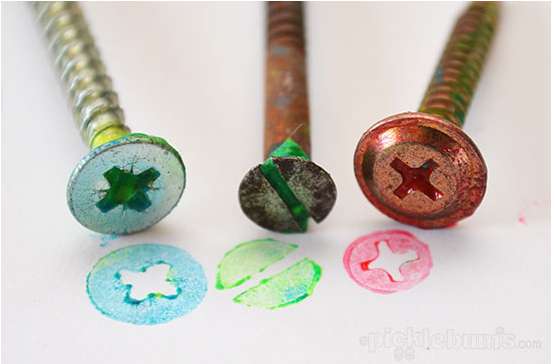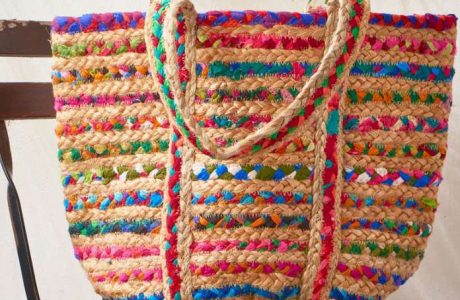
Have you ever thought about printing with nuts and bolts? It may sound a bit strange, but it’s actually a fascinating process that is gaining popularity in the world of 3D printing, for one thing.
In traditional 3D printing, the material used is typically a polymer that is melted and then extruded through a small nozzle to create the desired shape. However, with nut and bolt printing, the process is a bit different. Instead of using a polymer, nuts and bolts are used as the printing material.
The process involves using a modified 3D printer that has been retrofitted with a special tool head that is capable of handling nuts and bolts. The nuts and bolts are loaded into the printer in a similar fashion to how traditional filaments are loaded. The printer then heats up the nuts and bolts, which are then extruded through the tool head to create the desired shape.
One of the major benefits of nut and bolt printing is the increased strength and durability of the finished product. Since nuts and bolts are made from metal, the final product is much stronger and more resistant to wear and tear than traditional 3D printed objects. This makes nut and bolt printing an ideal option for creating objects that need to withstand a lot of stress or strain.
Another benefit of nut and bolt printing is the ability to create objects with intricate internal structures. Since the nuts and bolts can be stacked and threaded together, it’s possible to create complex shapes that would be difficult or impossible to achieve with traditional 3D printing techniques.
Of course, like any new technology, nut and bolt printing is not without its challenges. One of the biggest hurdles is the need to design parts that can be assembled after printing. Since the nuts and bolts are separate pieces, the final object needs to be designed in such a way that the pieces can be easily assembled without compromising the integrity of the finished product.
Another challenge is the limited range of materials that can be used for nut and bolt printing. While it’s possible to print with a variety of metals, the range of plastics and other materials that can be used is much more limited. This means that nut and bolt printing may not be the best option for creating objects that require a specific material.
Despite these challenges, nut and bolt printing is a fascinating technology that is sure to become more popular in the coming years. With its ability to create strong, durable objects with intricate internal structures, it has the potential to revolutionize the world of 3D printing and manufacturing.
So what a find, hey! Sometimes this simplest and most random things used in a new way can be the most fun. We don’t think of the tops of screws, nuts, bolts and other hardware having interesting patterns but they do!
Pop on over to the blog Pickle Bums to see how to print with nuts and bolts along with a great recycled material to use for the stamp pad.




